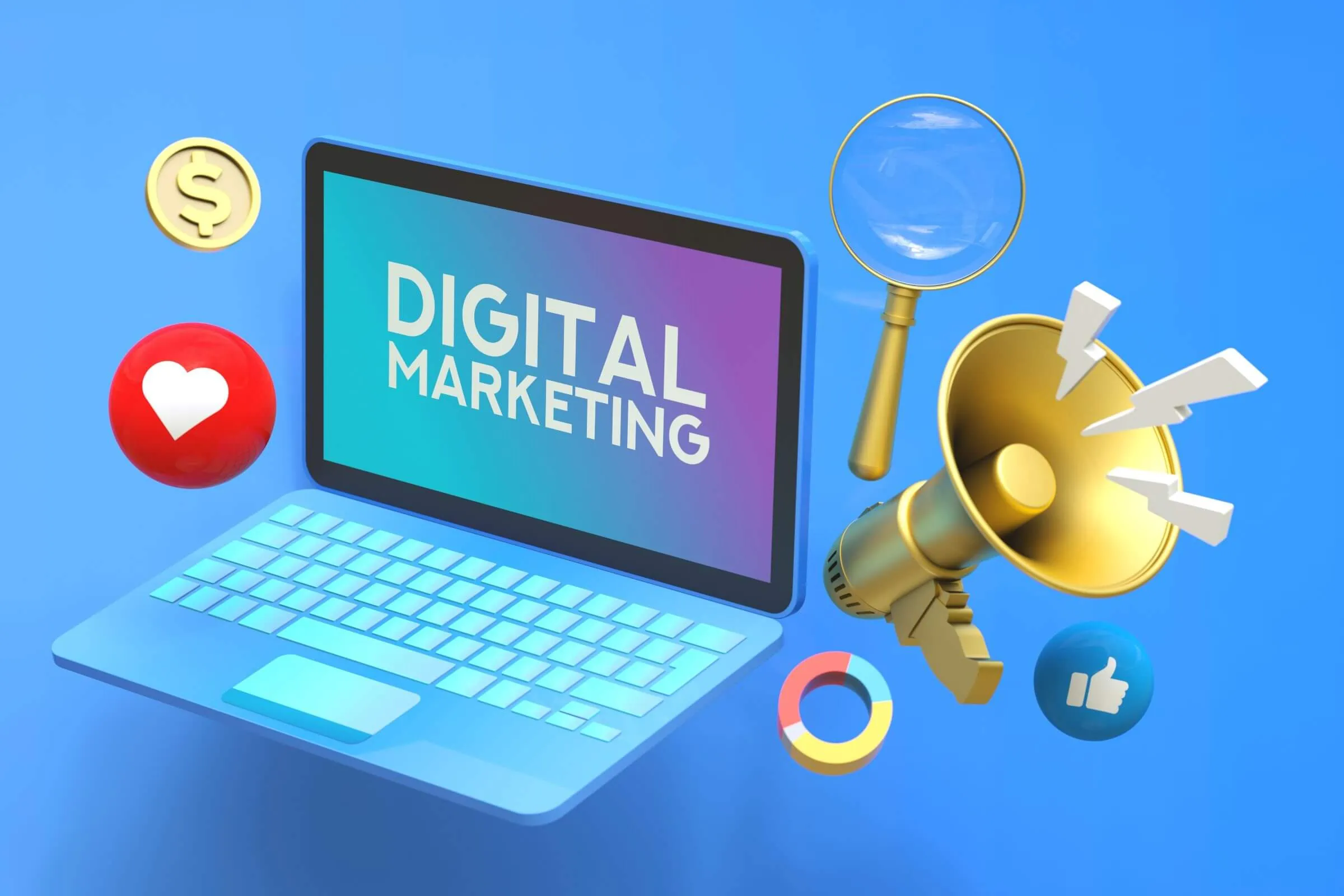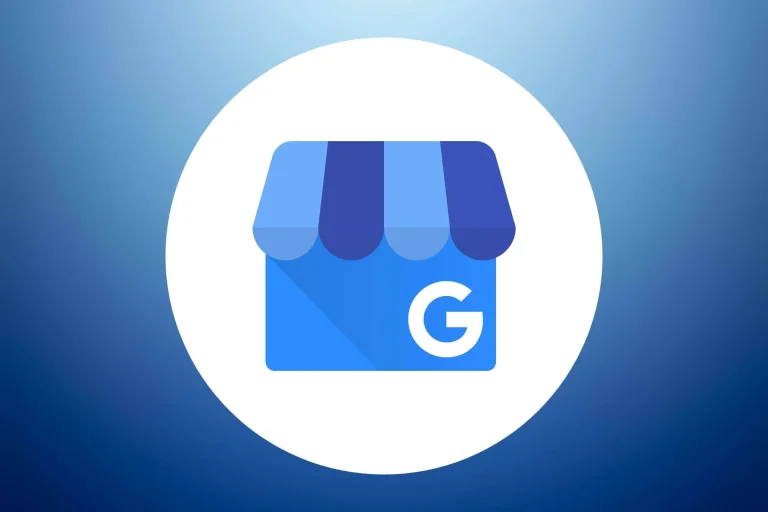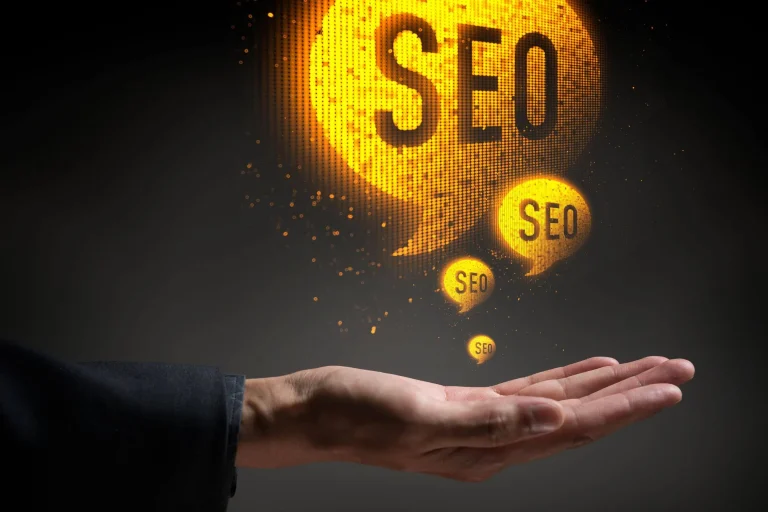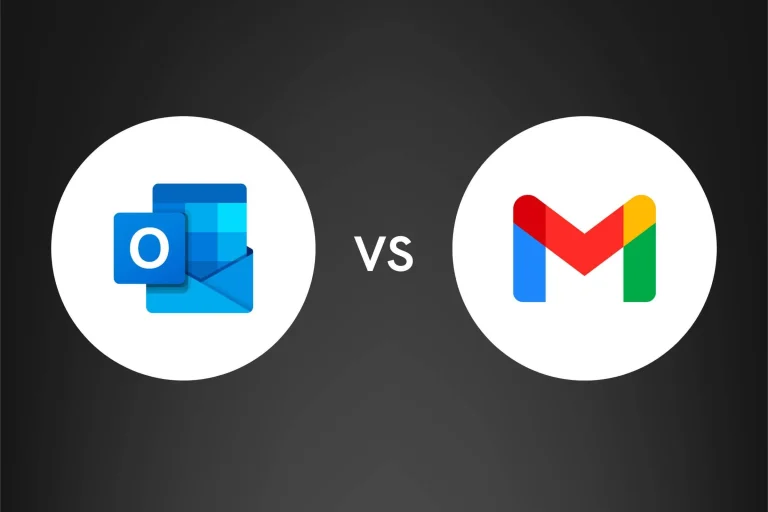Introduction to Digital Marketing
Digital marketing is the process of using online channels to promote or market products and services. It encompasses a wide range of activities, including but not limited to SEO (search engine optimisation), SEM (search engine marketing), social media marketing, content marketing, influencer marketing, and more.
Digital marketing is an essential part of any modern business. It provides a way to reach a large audience quickly and effectively. Additionally, it allows businesses to track results and ROI (return on investment) in real-time.
There are many benefits of digital marketing, but it can also be challenging to get started. This guide will give you an overview of the most important aspects of digital marketing and some tips and resources for getting started.
Why choose digital marketing over traditional marketing?
Digital marketing has many advantages over traditional marketing techniques. For one, it is much more cost-effective to reach a larger audience through digital channels than through traditional channels such as television or print media. Additionally, digital marketing allows you to track and measure results much more accurately than traditional marketing methods, making it easier to adjust your campaigns in real time based on what is working and what is not. Finally, digital marketing provides a more engaging and interactive experience for both customers and businesses, which can lead to better relationships and higher conversion rates.
Benefits of Digital Marketing
Digital marketing has come a long way in a short amount of time and has become an essential tool for businesses to reach their target audiences. Here are some benefits of digital marketing:
- Reach a wider audience: With digital marketing, businesses can reach a wider audience more easily and at a lower cost than traditional marketing methods.
- Engage with customers: Digital marketing allows businesses to engage with their customers and build relationships with them. This is done through various channels such as email, social media, and website content.
- Create personalised messages: Digital marketing can create personalised messages that speak directly to the customer. This helps businesses create a connection with customers and make them feel valued.
- Increase brand awareness: Digital marketing can help businesses increase their brand awareness and visibility online. This is done through various channels, such as search engine optimisation, social media, and content marketing.
- Generate leads: Digital marketing can help businesses generate leads from their target audience. This is done through various channels, such as pay-per-click advertising, lead capture forms, and call-to-action buttons.
The Different Types of Digital Marketing
Digital marketing comes in many shapes and sizes. Here are some of the most common types of digital marketing:
Social Media Marketing
Social media marketing uses online platforms like Facebook, Twitter, and LinkedIn to build relationships and interact with potential and current customers. By engaging with customers on social media, businesses can create a more personal connection that can increase brand loyalty and conversions.
When used correctly, social media marketing can be an extremely powerful tool for businesses of all sizes. However, it’s important to understand how to use each platform effectively to maximise results.
Here are some tips for social media marketing:
• Use images and videos: People are visual creatures, so posts that include images or videos are more likely to grab attention and be shared.
• Be active: To be successful on social media, you must be active. That means posting regularly, responding to comments and messages, and engaging with other users.
• Use hashtags: Hashtags help users find your content more easily, so use relevant hashtags in your posts.
• Share interesting content: No one wants their feed filled with boring content, so make sure you’re sharing interesting articles, blog posts, infographics, etc., that will capture attention.
SEO
Search Engine Optimisation, or “SEO” for short, is the process of optimising a website for Google search to earn higher web traffic levels and improve the site’s visibility.
Many different techniques can be used to improve SEO, but some of the most important include the following:
- On-page optimisation refers to all the measures that can be taken directly on your website to improve its position in the search engine ranking pages (SERPs). This includes ensuring that your titles and meta tags are optimised and that your content is high-quality and keyword-rich.
- Off-page optimisation refers to all the measures that can be taken outside your website to positively impact your rankings. The most important of these is link building, which is the process of getting other websites to link back to yours.
If you want to earn more organic traffic from Google, you must ensure you’re doing both on-page and off-page SEO.
Pay-Per-Click Advertising
PPC, or pay-per-click, advertising, is a form of marketing where you pay for each click on your ad. This can be a great way to get your product or service in front of potential customers who are already interested in your offer.
When setting up a PPC campaign, you must choose your target keywords. These keywords will be used to determine when and where your ad appears. You will also need to set a budget for your campaign. This will determine how often your ad is shown and how much you are willing to spend on each click.
PPC can be an effective way to reach new customers and grow your business. However, it is important to remember that this is a paid form of marketing. Therefore, before starting a campaign, you must carefully consider your budget and objectives.
Content Marketing
As a business owner, you know that content is important to attract and engage customers. But what is content marketing, exactly? Content marketing is the process of creating and distributing valuable, relevant, and consistent content to attract and retain a clearly defined audience — and, ultimately, to drive profitable customer action.
To do this effectively, you need to understand your audience and what they want or need from you. Once you know this, you can create content that appeals to them – blog posts, ebooks, webinars, or even social media updates. And once you have this great content, you need to get it in front of your target audience through an effective distribution strategy.
The good news is there are plenty of ways to do this – from SEO to social media to email marketing. And we’ve got all the tips and tricks you need to get started in our Ultimate Digital Marketing Guide. So what are you waiting for? Start creating and distributing awesome content today!
Email Marketing
Email marketing is a form of direct marketing that uses electronic mail to communicate commercial or fundraising messages to an audience. In its broadest sense, every email sent to a potential or current customer could be considered email marketing, but the term is usually used to refer to:
- Sending emails primarily aims to enhance a merchant’s relationship with its current or previous customers and encourage customer loyalty and repeat business.
- Sending emails primarily aims to acquire new customers or convince current customers to purchase something immediately.
- Adding advertisements to emails sent by other companies to their customers.
Direct marketers use various techniques to generate higher response rates from their target audience. Many businesses use email because it is a cost-effective way to reach out to customers and prospects. When done correctly, email marketing can be an extremely powerful tool for growing your business. Here are some tips for getting started with email marketing:
1. Define your goals. What do you want to achieve with your email marketing campaign? More website visitors? More leads? More sales? Once you know your goal, you can start planning your strategy.
2. Develop a list of subscribers. You can’t have an effective email marketing campaign without people to send your emails to! Start by growing your list organically, using sign-up forms on your website and social media platforms. You can also buy lists of subscribers (just make sure they opt-in and you’re not spamming them!).
3. Segment your list. Once you have a list of subscribers, segment it based on demographics, interests, or other factors so you can send personalised emails to different groups.
4. Craft compelling emails, make sure your emails are interesting and engaging so that people will open and read them!
5. Measure results & optimise. Use analytics tools to track the performance of your emails so that you can see what works and what doesn’t. Then make adjustments to optimise future campaigns for even better results.
Digital Marketing Trends for 2023
Digital marketing is constantly evolving, and it can be hard to keep up with the latest trends. Here are some digital marketing trends to watch out for in 2023:
1. Personalised content will become more important than ever.
As consumers become more and more inundated with generic content, they will start to crave personalised, relevant content that speaks to their specific needs and interests. As a result, marketers will need to get better at using data to segment their audiences and deliver targeted content that resonates.
2. Artificial intelligence will change the landscape of digital marketing.
AI-powered tools like chatbots and voice assistants are already starting to transform the way businesses interact with customers online. In 2023, AI will become even more integral to digital marketing, helping marketers automate tasks, personalise messages, and make better decisions about where to allocate resources.
3. Virtual reality will start to take off.
VR has been on the cusp of becoming mainstream for a few years now, but it hasn’t quite taken off yet. So in 2023, that could start to change as businesses find new and innovative ways to use VR to engage with customers (think: interactive product demonstrations, virtual try-on, etc.).
4. Visual search will gain traction.
Visual search is a relatively new technology that enables users to search for products and information using images instead of words. As this technology becomes more widely adopted, digital marketers will need to optimise their content and visuals for visual search engines.
5. Voice search will continue to grow in popularity.
Voice is becoming an increasingly popular way to interact with devices, and as a result, digital marketers need to start optimising their websites and content for voice search. This means focusing on long-tail keywords and natural language and ensuring their content is structured so voice assistants like Alexa or Google Home can easily understand it.
Conclusion
We hope this guide has helped you better understand digital marketing and how it can help your business reach its goals. With the right tools and techniques, you can leverage the power of digital marketing to build an engaged audience that will bring more customers through your doors. It takes some time and effort to create a successful strategy, but if you follow our tips, you’ll be well on your way to success!
















